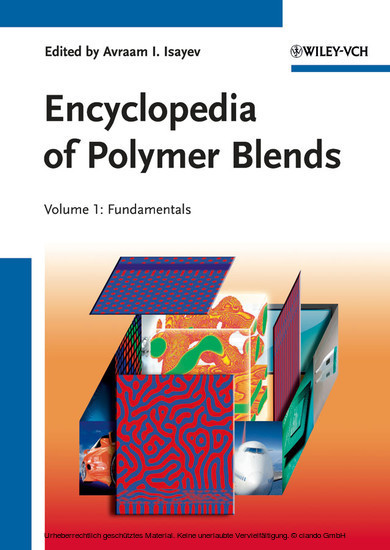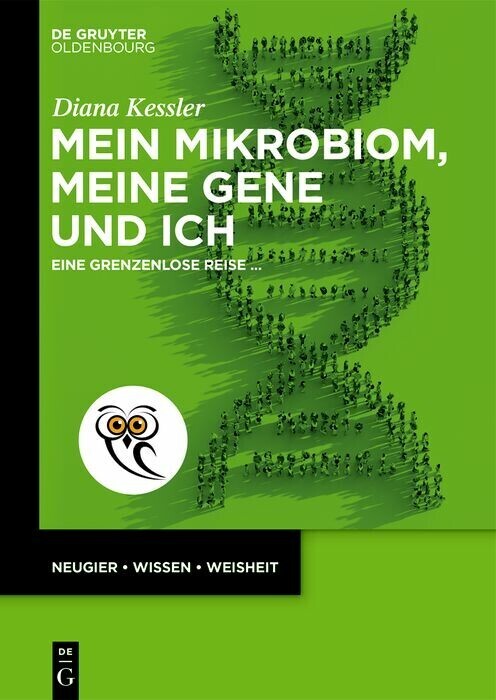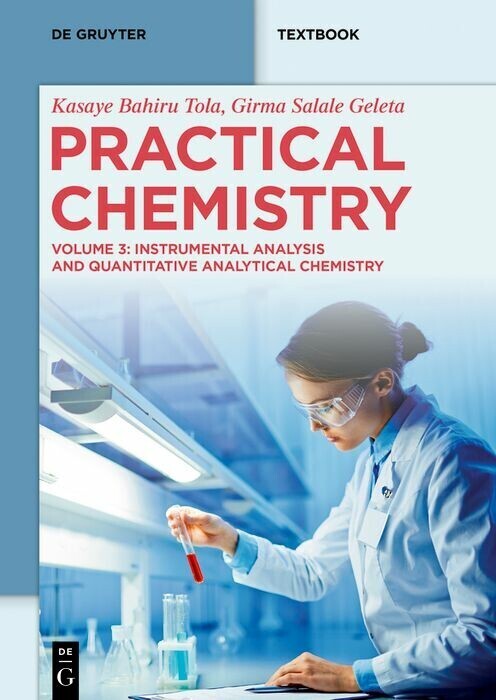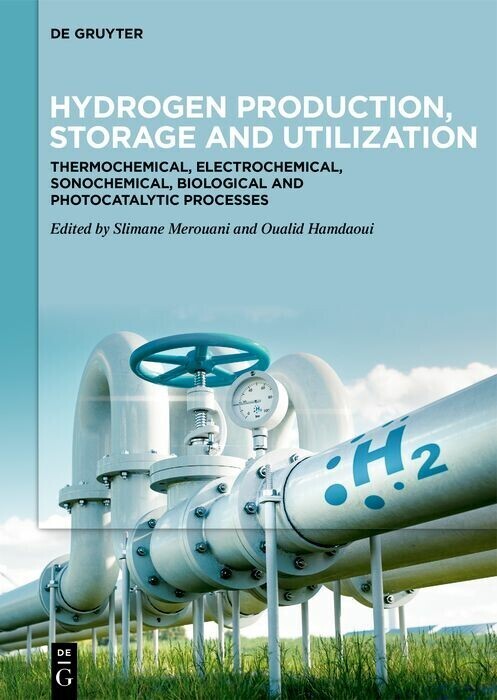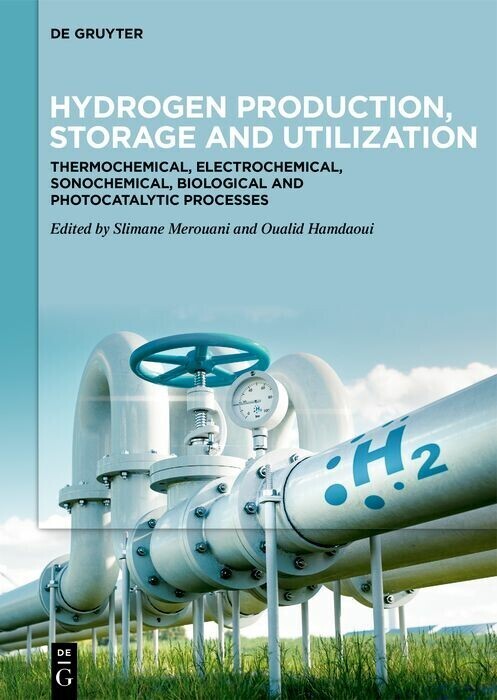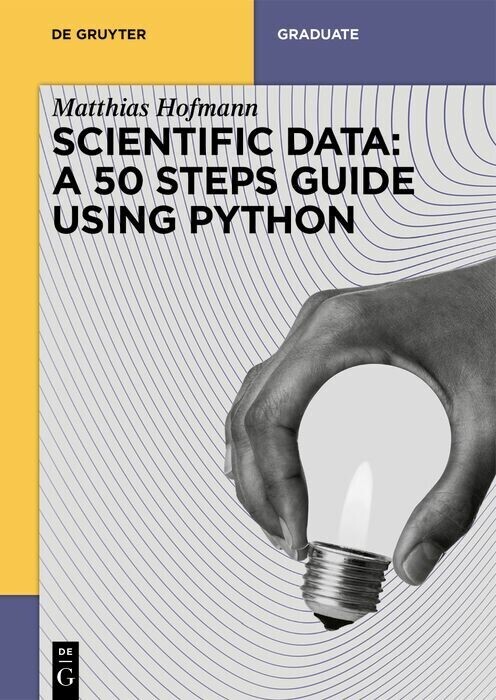Encyclopedia of Polymer Blends, Volume 1
Fundamentals
A complete and timely overview of the topic, this volume of the encyclopedia imparts knowledge of fundamental principles of polymer blends.
Each article is uniformly structured for easy navigation, containing the latest research & development and its basic principles and applications.
Avraam I. Isayev is a Distinguished Professor of Polymer Engineering at the University of Akron. He is a native of Azerbaijan. He received M.Sc. degrees from the Azerbaijan Institute of Oil and Chemistry in Chemical Engineering and the Moscow Institute of Electronic Machine Building in Applied Mathematics and a Ph.D. in Polymer Engineering and Science from the Institute of Petrochemical Synthesis of the USSR Academy of Sciences, Moscow. Before joining the University of Akron in 1983 as an Associate Professor, he was a Senior Research Associate at Cornell University, a Senior Research Fellow at Technion and a Research Associate at the Institute of Petrochemical Synthesis of the USSR Academy of Sciences. He has edited 5 books, published 1 monograph and over 220 journal papers, many book chapters and encyclopedia articles. He has received numerous awards.
Each article is uniformly structured for easy navigation, containing the latest research & development and its basic principles and applications.
Avraam I. Isayev is a Distinguished Professor of Polymer Engineering at the University of Akron. He is a native of Azerbaijan. He received M.Sc. degrees from the Azerbaijan Institute of Oil and Chemistry in Chemical Engineering and the Moscow Institute of Electronic Machine Building in Applied Mathematics and a Ph.D. in Polymer Engineering and Science from the Institute of Petrochemical Synthesis of the USSR Academy of Sciences, Moscow. Before joining the University of Akron in 1983 as an Associate Professor, he was a Senior Research Associate at Cornell University, a Senior Research Fellow at Technion and a Research Associate at the Institute of Petrochemical Synthesis of the USSR Academy of Sciences. He has edited 5 books, published 1 monograph and over 220 journal papers, many book chapters and encyclopedia articles. He has received numerous awards.
1;Encyclopedia of Polymer Blends;1 1.1;Contents;7 1.2;Preface;13 1.3;List of Contributors;17 1.4;1: Molecular Simulation of Polymer Melts and Blends: Methods, Phase Behavior, Interfaces, and Surfaces;19 1.4.1;1.1 Introduction;19 1.4.2;1.2 Molecular Models for Polymers and Monte Carlo Simulations;24 1.4.2.1;1.2.1 Modeling Polymers in Molecular Simulations;24 1.4.2.2;1.2.2 Basics of Monte Carlo Simulations;26 1.4.2.3;1.2.3 Determination of Phase Behavior;27 1.4.3;1.3 Wetting and Phase Diagrams in Confined Geometries;32 1.4.3.1;1.3.1 Length and Energy Scales of Minimal, Coarse-Grained Models for Polymer-SolidContacts;32 1.4.3.2;1.3.2 Measuring the Surface Free Energy Difference, ??, by Computer Simulation;36 1.4.3.3;1.3.3 Application to Polymer-Solvent Mixtures;38 1.4.4;1.4 Molecular Dynamics Method;39 1.4.4.1;1.4.1 Basic Molecular Dynamics;39 1.4.4.2;1.4.2 Non-equilibrium Molecular Dynamics Simulations of Coarse-GrainedPolymer Systems;41 1.4.5;1.5 Atomistic Simulation of Polymer Melts and Blends Using Molecular DynamicsTechniques;46 1.4.5.1;1.5.1 Polymer Melts;46 1.4.5.2;1.5.2 Polymer Blends;48 1.4.5.3;1.5.3 Reversible Mapping between Atomistic, Coarse Grained, and Field Models;51 1.4.5.4;1.5.4 Comparison to Experiment and Future Challenges;52 1.4.6;1.6 Concluding Remarks;53 1.4.7;Symbols;55 1.4.8;References;56 1.5;2: Thermodynamics of Flexible and Rigid Rod Polymer Blends;63 1.5.1;2.1 Introduction;63 1.5.2;2.2 Fundamentals of a Nematic Phase;64 1.5.2.1;2.2.1 Scalar Orientational Order Parameter;64 1.5.2.2;2.2.2 Free Energy of Rigid Rod Solutions;65 1.5.2.3;2.2.3 Nematic-Isotropic Phase Separations;69 1.5.2.4;2.2.4 Entropy- and Energy-Driven Nematic Ordering;72 1.5.3;2.3 Mixtures of a Flexible Polymer and a Rigid Rod;74 1.5.3.1;2.3.1 Free Energy of Flexible and Rigid Rod Polymer Blends;77 1.5.3.2;2.3.2 Nematic-Isotropic Phase Transition;81 1.5.3.3;2.3.3 Landau-de Gennes Expansion of the Free Energy;82 1.5.3.4;2.3.4 Phase Separations;83 1.5.3.5;2.3.5 Phase Diagrams in Solutions of Rigid Rod-Like Polymers;88 1.5.3.6;2.3.6 Smectic-Nematic-Isotropic Phase Separations;89 1.5.3.7;2.3.7 Conformation of a Polymer Dissolved in a Liquid Crystalline Phase;94 1.5.4;2.4 Phase Separation Dynamics;96 1.5.4.1;2.4.1 Kinetic Equations;98 1.5.4.2;2.4.2 Linearized Analysis of Spinodal Decomposition;100 1.5.4.3;2.4.3 Morphologies;106 1.5.5;2.5 Summary;111 1.5.6;Symbols;112 1.5.7;References;114 1.6;3: Amorphous Polymer Blends: Recent Developments;119 1.6.1;3.1 Introduction;119 1.6.2;3.2 Miscible Blend Dynamics and Length Scales of Mixing;120 1.6.3;3.3 Amorphous Biopolymer Blends;126 1.6.4;3.4 Conclusions;127 1.6.5;References;127 1.7;4: Phase Field Modeling on Polymer Crystallization and Phase Separation in Crystalline Polymer Blends;131 1.7.1;4.1 Phase Field Theory of Crystal Solidification of a Pure Substance;131 1.7.2;4.2 Phase Field Modeling on Morphology Development;132 1.7.3;4.3 Application of Phase Field Approach to Crystallization of a Homopolymer;140 1.7.4;4.4 Thermodynamics of Crystalline Polymer Solutions and Blends;147 1.7.4.1;4.4.1 Prigogine's Model;147 1.7.4.2;4.4.2 Flory Diluent Theory;148 1.7.5;4.5 Phase Diagrams of Crystalline Polymer Blends;150 1.7.5.1;4.5.1 Phase Diagram Calculation of a Crystalline/Amorphous Polymer Blend;150 1.7.5.2;4.5.2 Determination of Crystal-Amorphous Interaction in Crystalline/Amorphous Blends;153 1.7.5.3;4.5.3 Phase Diagram Calculation for Binary Crystalline Polymer Blends;155 1.7.5.4;4.5.4 Morphology Development in Relation to Phase Diagram of Crystalline/Amorphous Polymer Blends;157 1.7.5.5;4.5.5 Morphology Development in Relation to the Phase Diagram of Crystalline/Crystalline Polymer Blends;160 1.7.5.6;4.5.6 Phase Field Modeling on Phase Separation and Morphology Evolution;163 1.7.6;Symbols;166 1.7.7;References;167 1.8;5: Miscibility Criterion in Polymer Blends and its Determination;171 1.8.1;5.1 Introduction;171 1.8.2;5.2 Thermodynamics;172 1.8.3;5.3 Glass Transition of Polymer Blends;176 1.8.3.1;5.3.1
Isayev, Avraam I.
Palsule, Sanjay
| ISBN | 9783527805181 |
|---|---|
| Artikelnummer | 9783527805181 |
| Medientyp | E-Book - PDF |
| Copyrightjahr | 2016 |
| Verlag | Wiley-VCH |
| Umfang | 330 Seiten |
| Sprache | Englisch |
| Kopierschutz | Adobe DRM |

